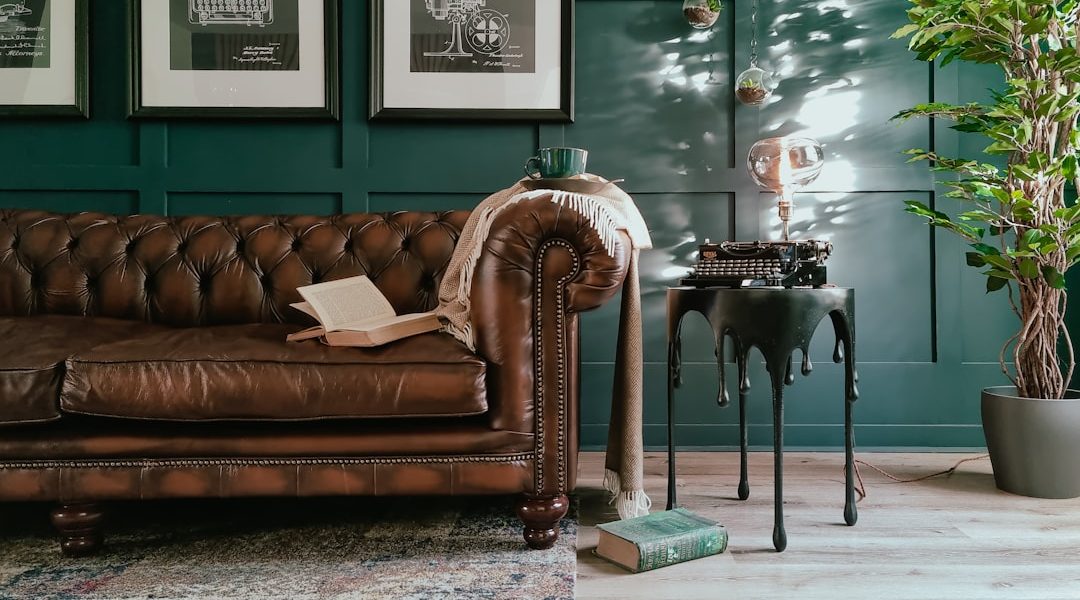
Creating the Perfect Living Room Lighting
Lighting plays a pivotal role in the overall ambiance and functionality of a living room, serving as both a practical necessity and a design element. The living room is often the heart of the home, where families gather, entertain guests, and unwind after a long day. Therefore, the right lighting can significantly enhance the mood and atmosphere of this space.
It not only illuminates the room but also highlights architectural features, artwork, and decorative elements, creating a visually appealing environment. Proper lighting can make a small room feel more spacious or a large room feel more intimate, depending on how it is utilized. Moreover, it can influence the emotional tone of the space; warm lighting can evoke feelings of comfort and relaxation, while cooler tones can promote alertness and energy.
In addition to its aesthetic contributions, lighting is essential for functionality. A well-lit living room allows for various activities such as reading, playing games, or enjoying a movie night. Without adequate lighting, these activities can become challenging and unenjoyable.
Furthermore, lighting can also impact safety; well-lit areas reduce the risk of accidents and make it easier to navigate the space. Therefore, understanding the importance of lighting in the living room is crucial for creating a space that is not only beautiful but also practical and safe for everyday use.
Types of Lighting Fixtures for the Living Room
Choosing the Right Lighting Fixtures for Your Living Room
When it comes to selecting lighting fixtures for the living room, there is a wide array of options available, each serving different purposes and contributing uniquely to the overall design. Ceiling-mounted fixtures, such as chandeliers or flush mounts, are popular choices for providing general illumination. These fixtures can serve as statement pieces that draw attention and set the tone for the room.
Creating Ambiance with Ceiling-Mounted Fixtures
For instance, a modern chandelier can add a touch of elegance, while a rustic flush mount can create a cozy atmosphere. Additionally, pendant lights can be used to create focal points over specific areas, such as coffee tables or seating arrangements. This allows homeowners to create a unique ambiance that reflects their personal style.
Task Lighting for Functionality and Comfort
Incorporating task lighting is equally important in a living room setting. Floor lamps and table lamps are excellent choices for providing focused light for activities like reading or working on hobbies. These fixtures come in various styles and designs, allowing homeowners to choose options that complement their existing decor. Wall sconces are another versatile option that can add both ambient and task lighting without taking up valuable floor space.
Layered Lighting for Enhanced Functionality and Aesthetics
By mixing different types of fixtures, homeowners can create a layered lighting scheme that enhances both functionality and aesthetics in their living rooms. This approach allows for a tailored lighting solution that meets the unique needs and preferences of each homeowner.
Choosing the Right Bulbs for Your Living Room
Selecting the appropriate light bulbs is crucial for achieving the desired effect in your living room. The type of bulb you choose can significantly influence the quality of light emitted, affecting everything from color temperature to energy efficiency. LED bulbs have gained popularity due to their longevity and energy-saving capabilities.
They come in various color temperatures, allowing homeowners to select warm white bulbs for a cozy atmosphere or cooler white bulbs for a more vibrant feel. Understanding the color temperature scale is essential; bulbs with lower Kelvin ratings (around 2700K) emit warm light, while those with higher ratings (above 5000K) produce cooler, bluish light. Another important factor to consider is the brightness of the bulbs, measured in lumens.
For living rooms, it’s advisable to aim for a balance between brightness and warmth to create an inviting environment. Dimmable bulbs are an excellent choice as they offer flexibility in adjusting brightness levels according to different activities or moods. Additionally, consider using smart bulbs that allow you to control brightness and color temperature through an app or voice commands.
This technology not only enhances convenience but also enables you to customize your living room lighting to suit various occasions effortlessly.
Layering Light in the Living Room
Layering light is an essential technique in interior design that involves combining different types of lighting to create depth and dimension within a space. In the living room, this approach allows for versatility in both functionality and aesthetics. The three primary layers of lighting include ambient, task, and accent lighting.
Ambient lighting provides overall illumination and sets the foundation for the room’s brightness. This can be achieved through ceiling fixtures or wall-mounted lights that evenly distribute light throughout the space. Task lighting focuses on specific areas where activities take place, such as reading nooks or game tables.
Floor lamps or table lamps strategically placed near seating areas can enhance functionality while adding style. Accent lighting serves to highlight particular features within the room, such as artwork or architectural details. This can be accomplished with spotlights or wall sconces that draw attention to these elements.
By thoughtfully layering these different types of lighting, homeowners can create a dynamic living room that is both inviting and practical for various activities.
Creating Ambiance with Dimmer Switches
Dimmer switches are an invaluable addition to any living room lighting design, offering unparalleled control over the ambiance of the space. By allowing you to adjust the brightness of your lights, dimmers enable you to create different moods depending on the time of day or occasion. For instance, during a lively gathering with friends, brighter lighting may be preferred to foster an energetic atmosphere.
Conversely, when winding down after a long day or enjoying a quiet evening at home, softer lighting can promote relaxation and comfort. The installation of dimmer switches is relatively straightforward and can be applied to most types of light fixtures, including incandescent, LED, and fluorescent bulbs. This versatility makes them an excellent investment for enhancing your living room experience.
Additionally, modern smart dimmer switches offer even more convenience by allowing you to control your lighting remotely via smartphone apps or voice commands. This technology not only adds a layer of sophistication but also enables you to set schedules or create scenes that align with your lifestyle.
Positioning and Placement of Lighting Fixtures
Effective Lighting Design in the Living Room
The positioning and placement of lighting fixtures are critical components in achieving an effective lighting design in your living room. Thoughtful placement ensures that light is distributed evenly throughout the space while also highlighting key areas and features. For general illumination, ceiling fixtures should be centered in the room or strategically placed to avoid dark corners.
Layering Light Sources for Visual Interest
When using multiple light sources, it’s essential to consider their heights; varying heights can create visual interest and prevent a flat appearance. This layering effect can add depth and dimension to the room, making it more visually appealing.
Task and Accent Lighting Placement
Task lighting should be positioned close to where activities will take place; for example, floor lamps should be placed next to seating areas where people read or work on hobbies. Table lamps should be positioned on side tables or consoles at arm’s reach for easy access. Accent lighting should be directed towards specific features you want to highlight—such as artwork or architectural details—ensuring that these elements stand out without overwhelming the overall design.
Creating a Harmonious Balance
By carefully considering fixture placement, homeowners can create a harmonious balance between functionality and aesthetics in their living rooms. This thoughtful approach to lighting design can elevate the overall ambiance of the space, making it a warm and inviting area for relaxation and socialization.
Incorporating Natural Light into the Living Room
Natural light is one of the most desirable elements in any living space, including the living room. It not only enhances the aesthetic appeal but also contributes positively to mental well-being by creating an uplifting atmosphere. To maximize natural light in your living room, consider window treatments that allow sunlight to filter through while maintaining privacy.
Sheer curtains or blinds that can be easily adjusted are excellent options for controlling light levels throughout the day. Additionally, strategic placement of mirrors can amplify natural light by reflecting it throughout the room. Positioning mirrors opposite windows or near light sources creates an illusion of more space while brightening darker corners.
Choosing lighter paint colors for walls and ceilings can also help reflect natural light more effectively, making your living room feel airy and open. By embracing natural light as an integral part of your living room design, you can create a vibrant environment that feels connected to the outdoors.
Tips for Creating a Cozy and Functional Lighting Design
Creating a cozy yet functional lighting design in your living room requires careful consideration of various elements that contribute to both comfort and practicality. Start by assessing your space’s layout and identifying key areas where different types of lighting will be most effective. Incorporate multiple light sources at varying heights to create depth; this could include floor lamps beside sofas, table lamps on side tables, and wall sconces flanking artwork or mirrors.
In addition to layering light sources, consider incorporating warm color temperatures in your bulbs to foster a welcoming atmosphere. Dimmable options allow you to adjust brightness levels based on activities or moods throughout the day. Finally, don’t forget about personal touches; decorative lampshades or unique fixtures can serve as conversation starters while enhancing your overall design aesthetic.
By thoughtfully combining these elements, you can achieve a cozy yet functional lighting design that transforms your living room into an inviting haven for relaxation and socialization alike.
You may also like
Written by Kyle
Hot Posts
- 10 Stunning Bedroom Design Ideas to Transform Your Sleep Space
- 5Funky Kitchen Gadgets to Keep Your Home Cooking Delicious
- A Home Garden For All Seasons
- Add Warmth and Style to Your Home with a Wooden Pendant Lamp
- Adding Drama to Your Decor With a Pendant XL Light
- Adorable Table Lamp for Kids’ Room
- Affordable Solar Garden Lights: A Smart Purchase
- Antique Table Lamps & Lighting at Auction
Category Guide
Schedule
- April 2025
- March 2025
- February 2025
- January 2025
- December 2024
- November 2024
- October 2024
- September 2024
- August 2024
- July 2024
- June 2024
- May 2024
- April 2024
- March 2024
- February 2024
- January 2024
- December 2023
- August 2023
- July 2023
- June 2023
- May 2023
- April 2023
- March 2023
- February 2023
- December 2022
- November 2022
- October 2022
- September 2022
- July 2022
- March 2021
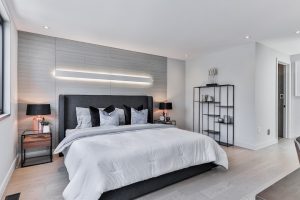


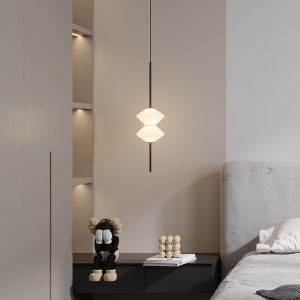

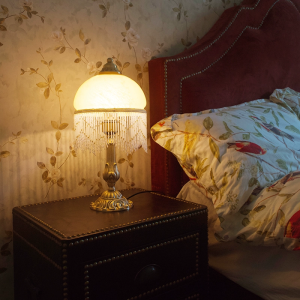
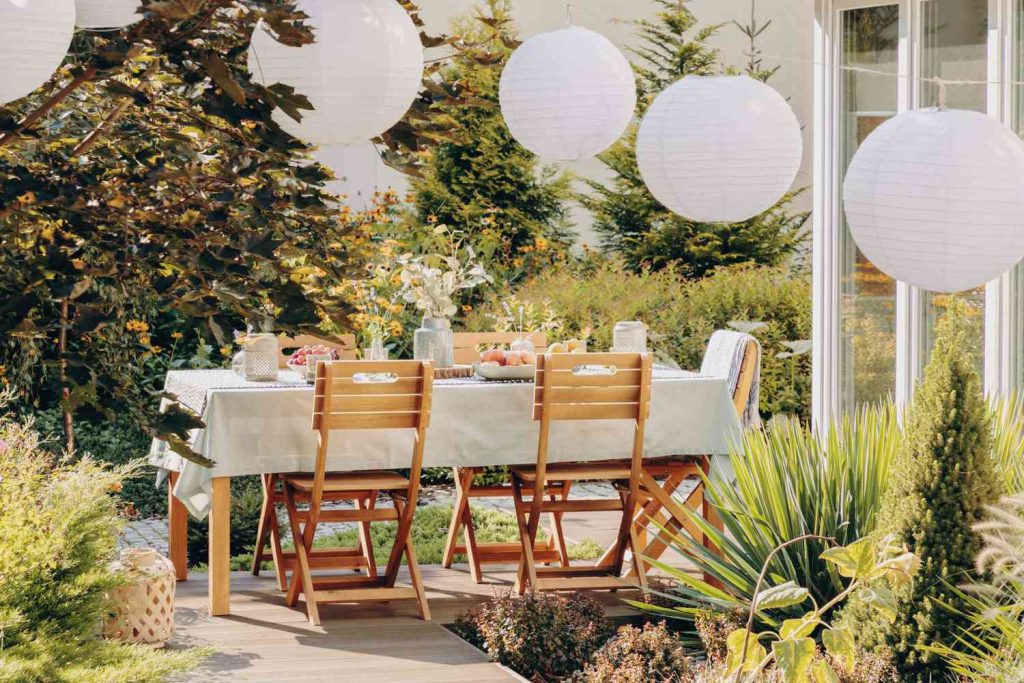

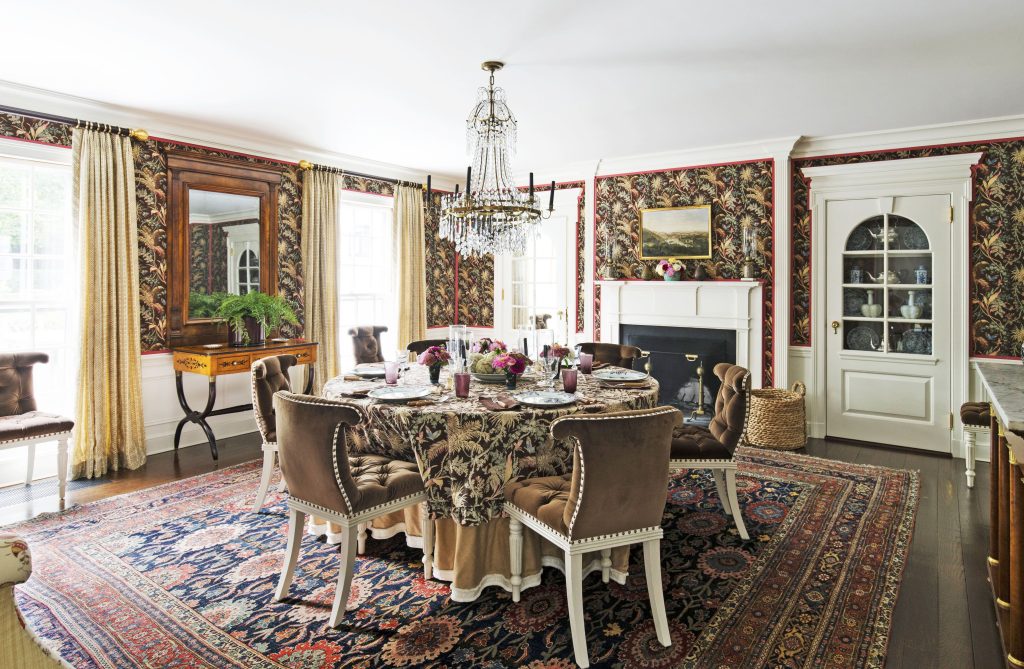



Leave a Reply